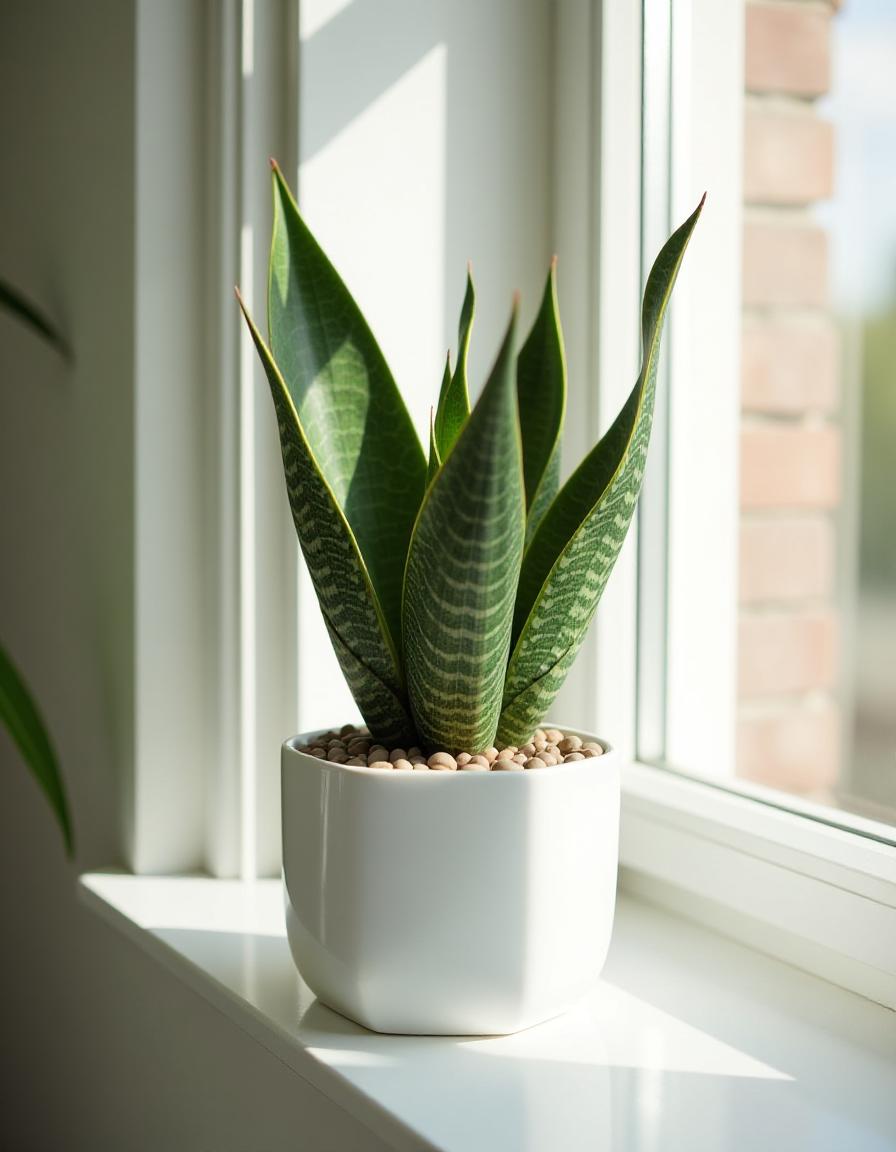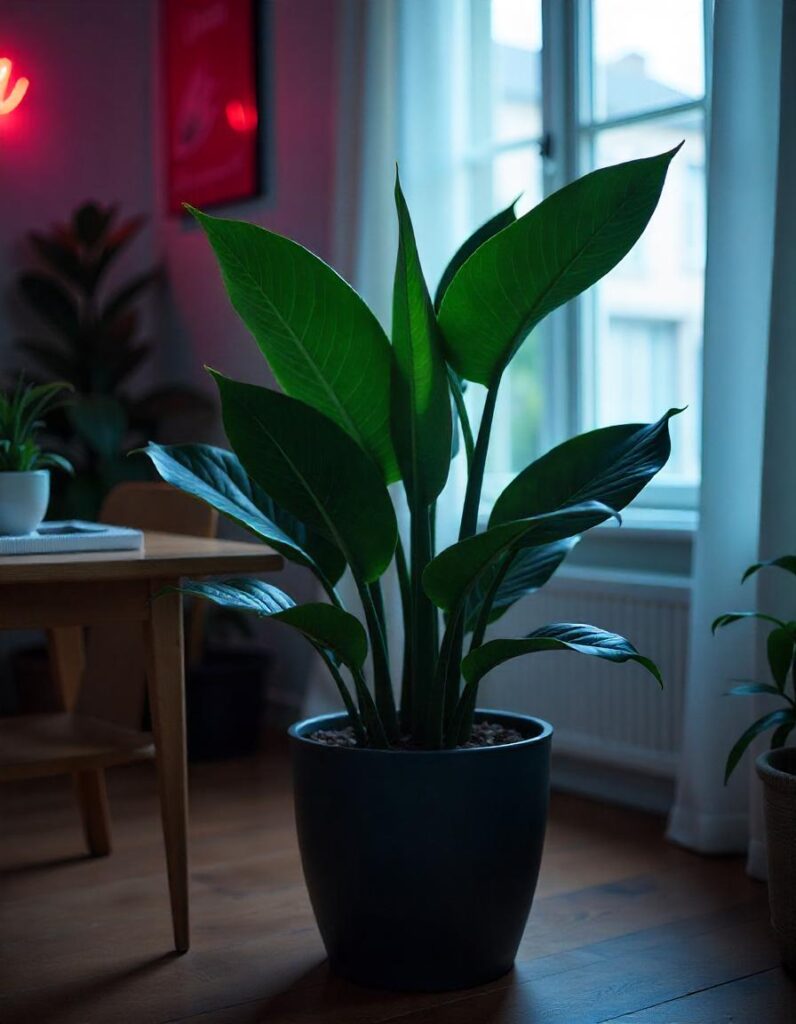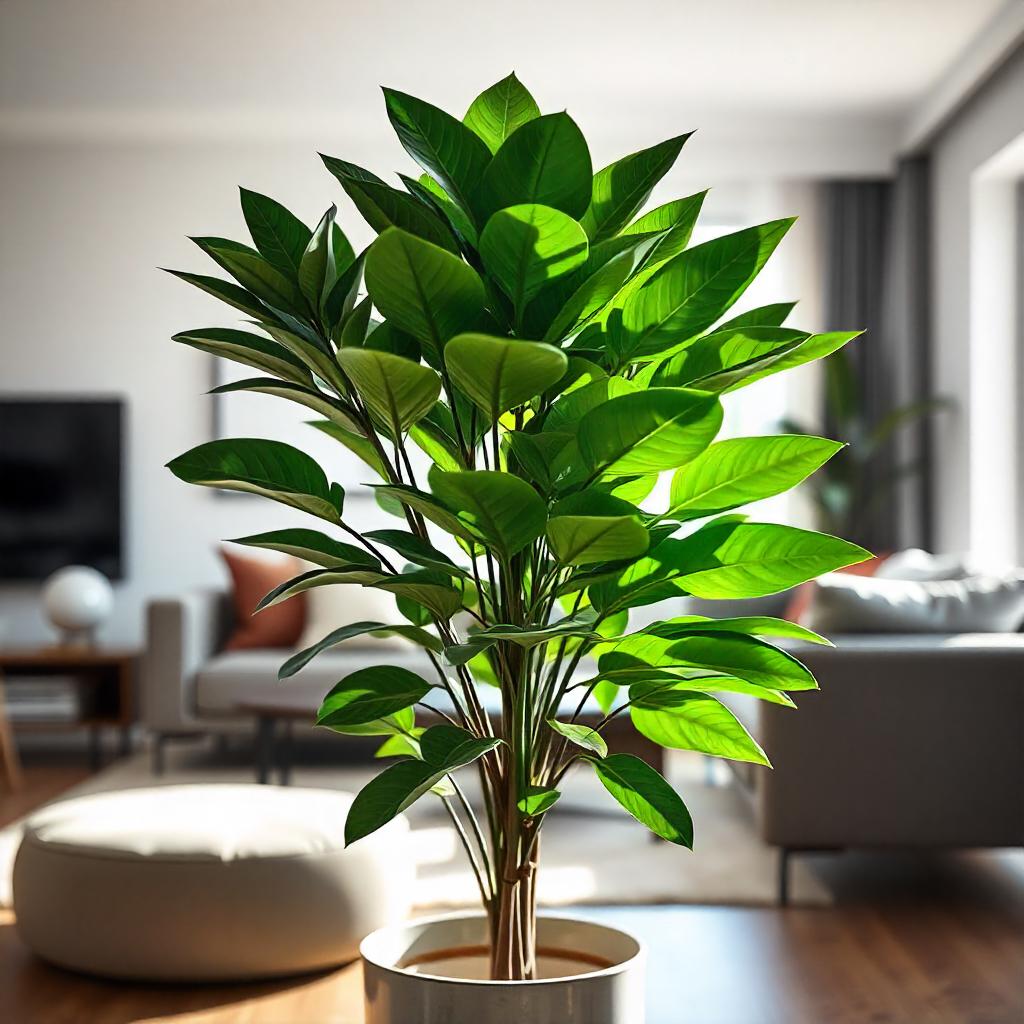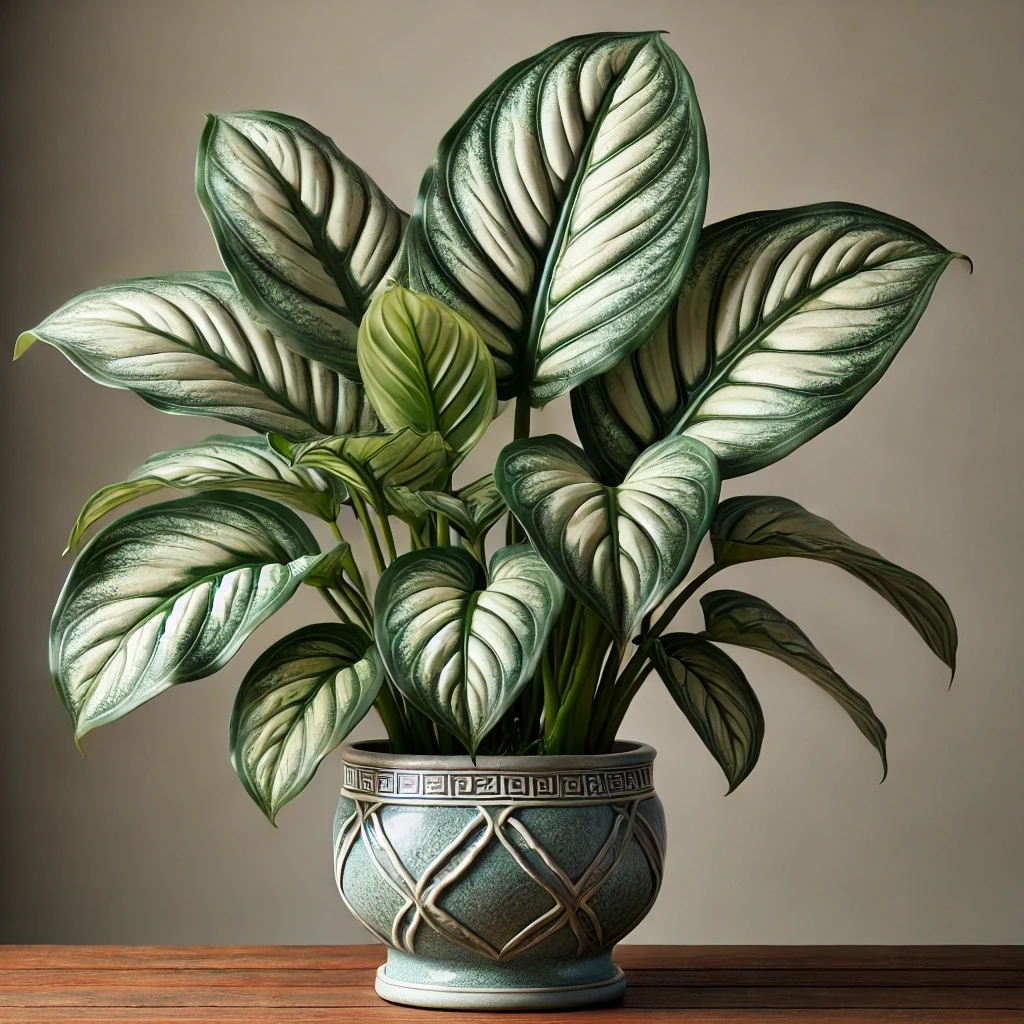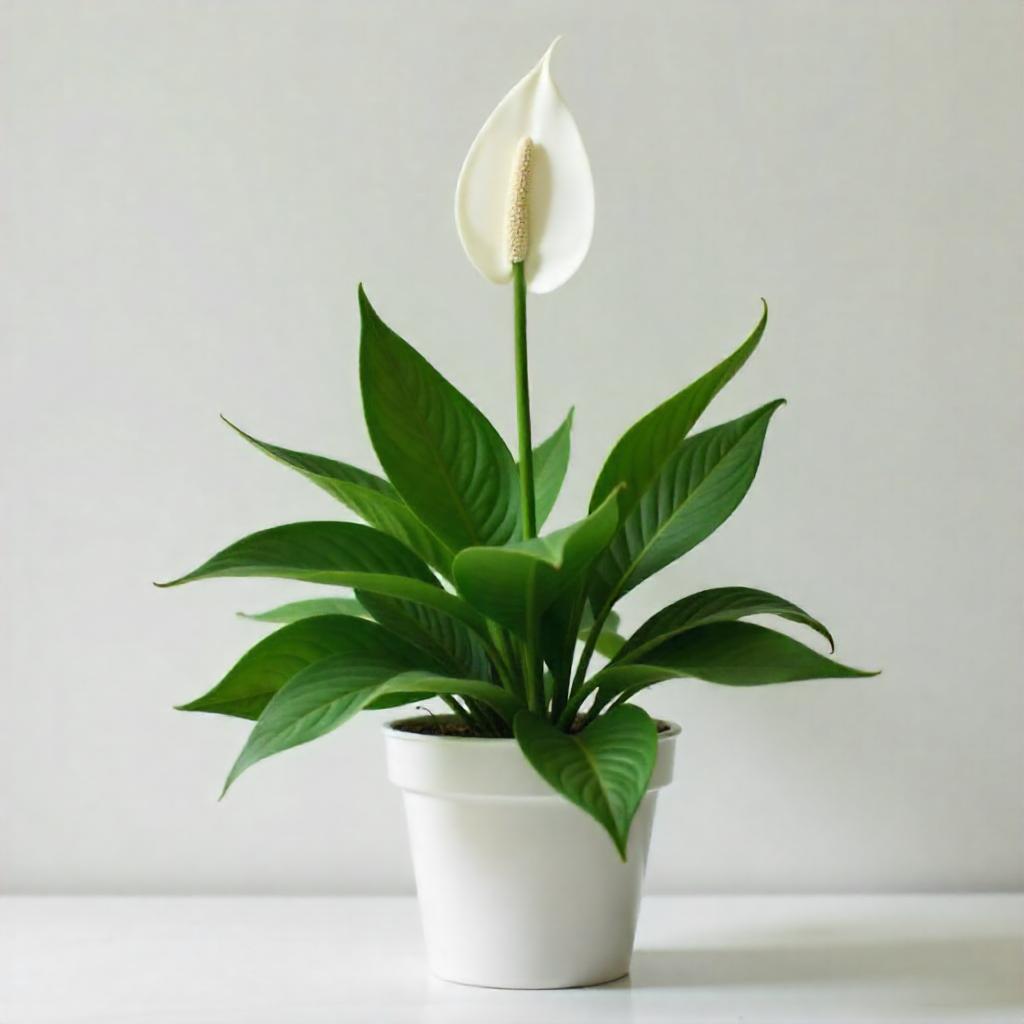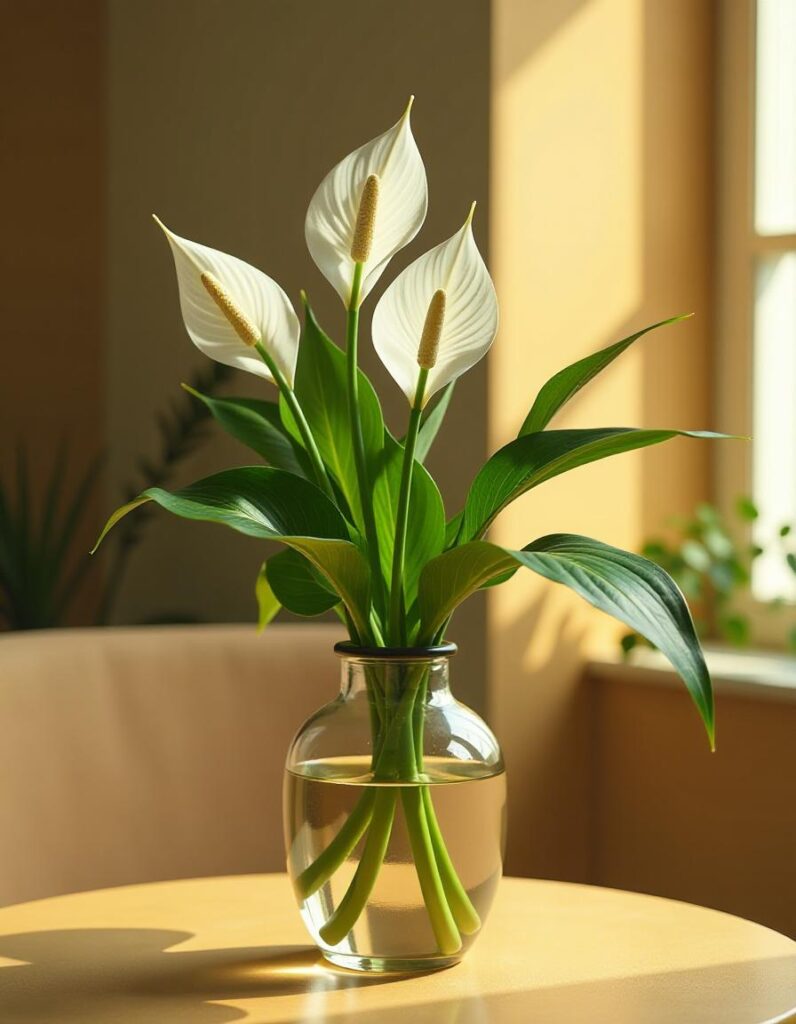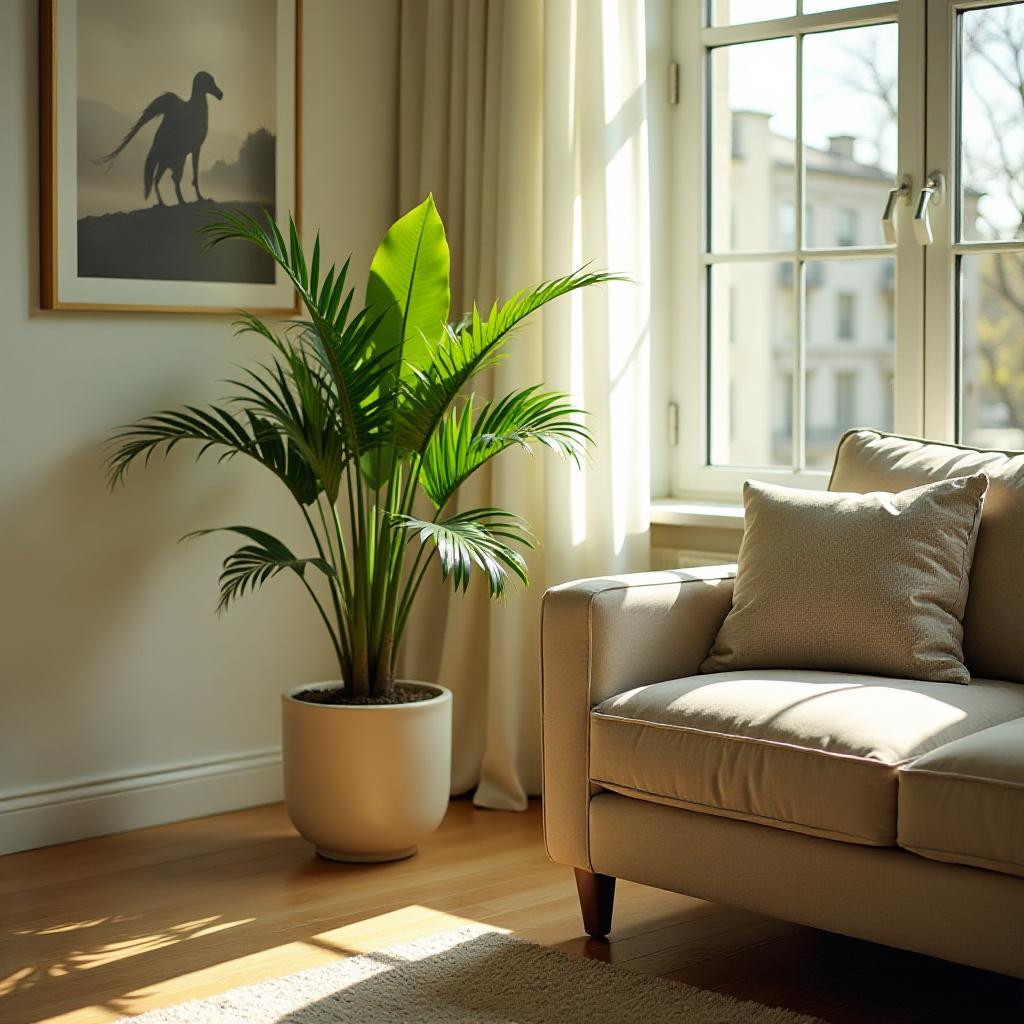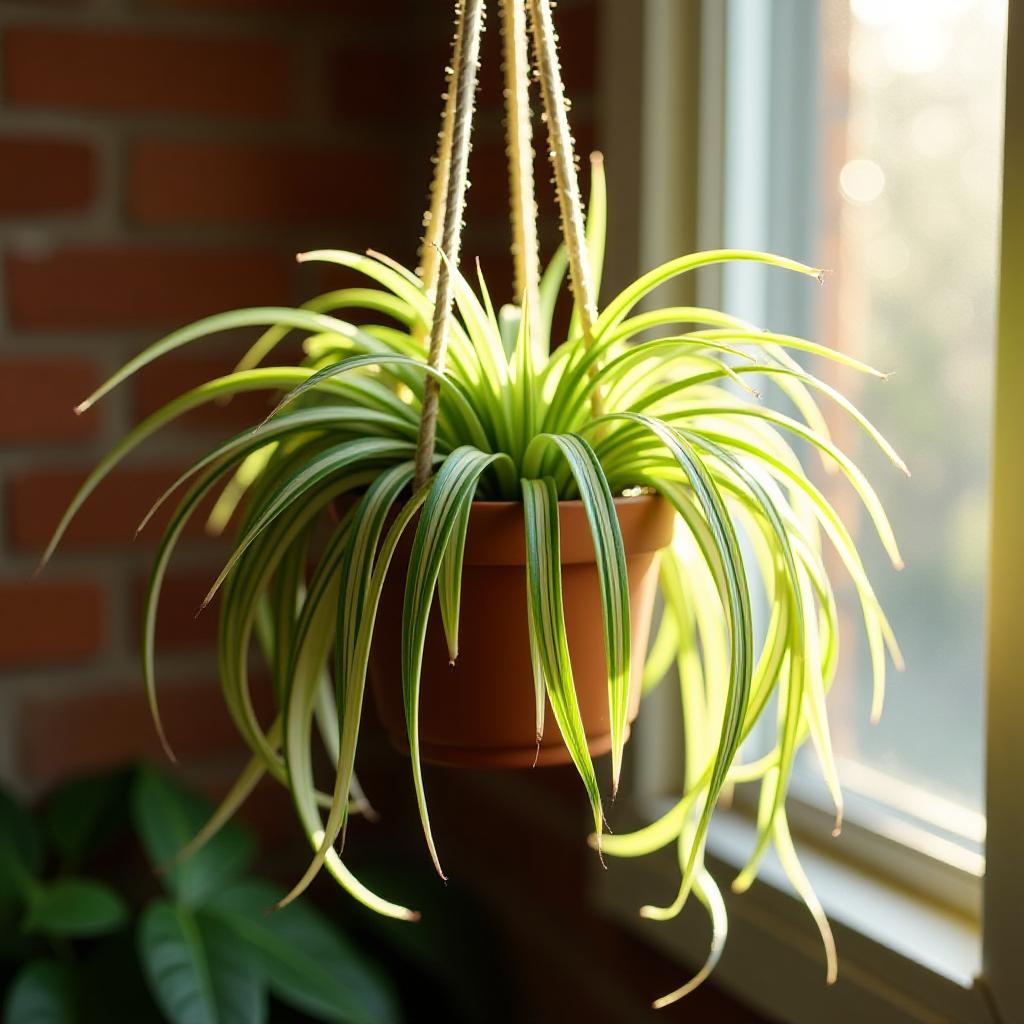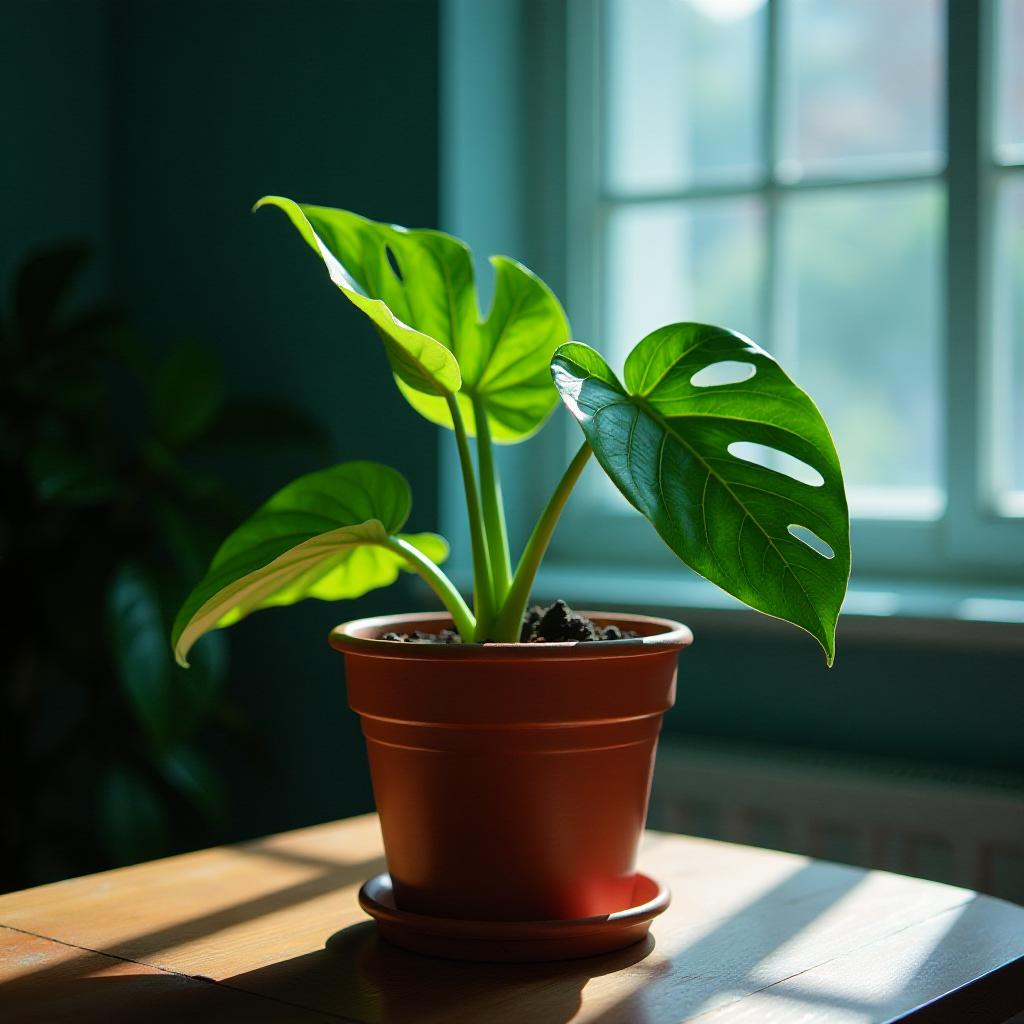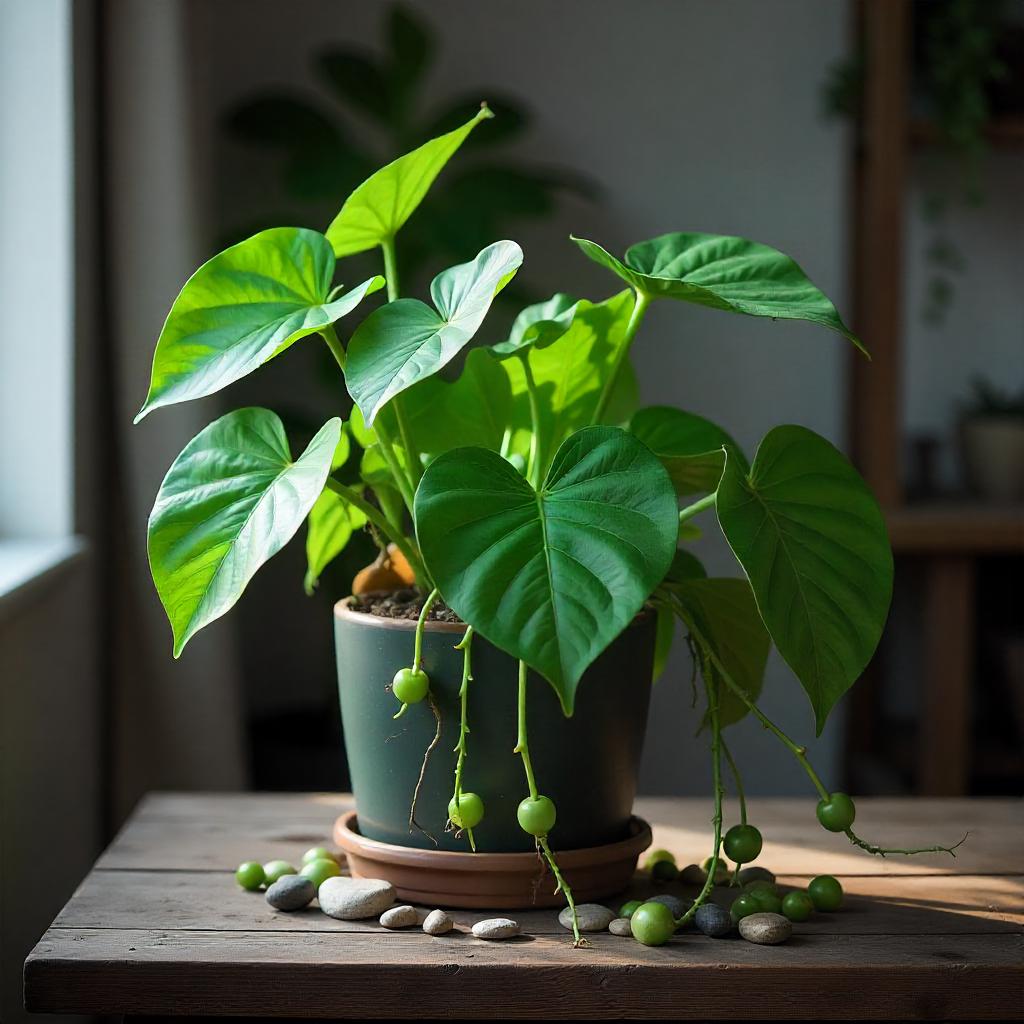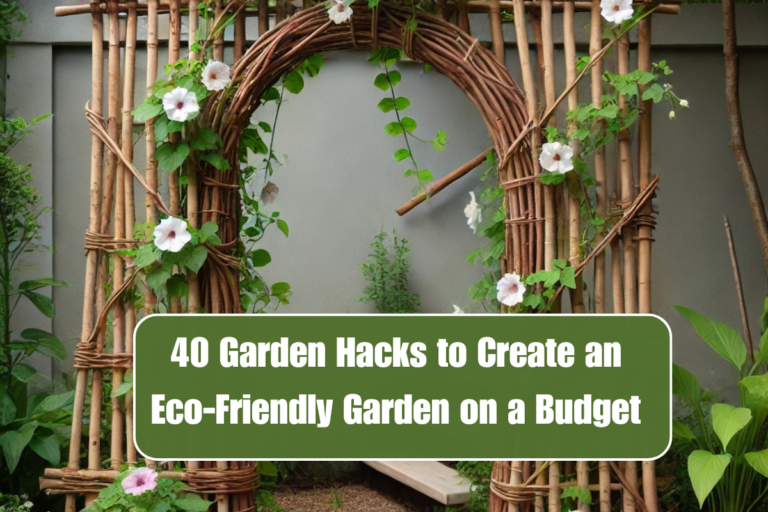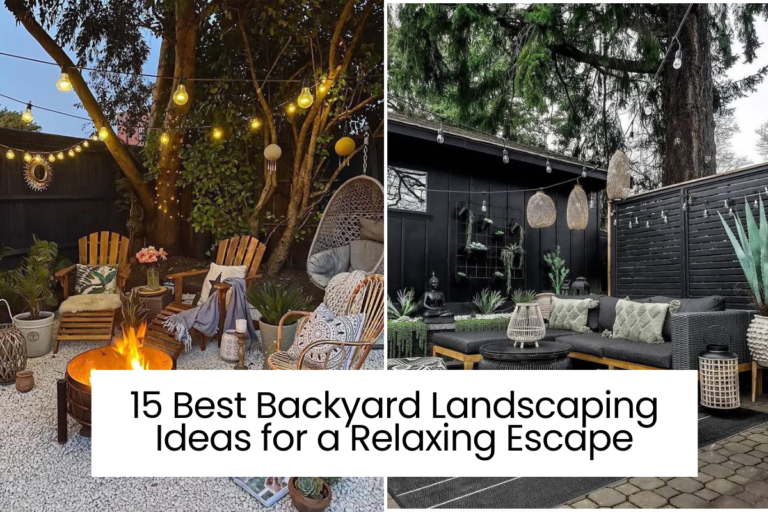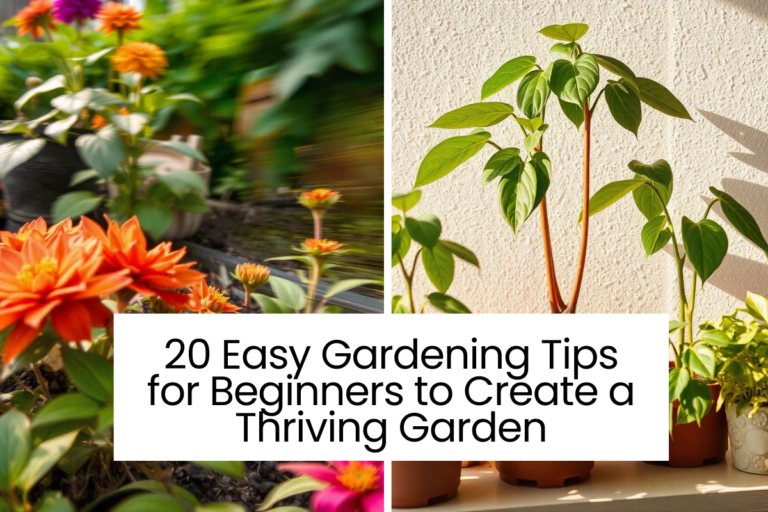12 Houseplants That Need Little Sunlight Great for Dark Spaces
Houseplants are an excellent way to infuse life into any indoor space and incorporate nature into your home. Sun exposure is not a choice for everyone, and many houses have areas with little to no light. The good news is there are plenty of houseplants that love low-light conditions, so none of us need to go without houseplants if our homes are short on sunlight. These plants not only elevate the esthetic appeal of your home, but they also purify the air, decrease stress, and create a peaceful environment. In this guide, we will highlight twelve low-light houseplants that are stunning and easy to care for.
1. Snake Plant (Sansevieria trifasciata)
Famed for its toughness, the snake plant (aka mother-in-law’s tongue) has stiff, erect leaves with striking green-and-yellow patterns, and is considered one of the toughest houseplants available.”. Also known as snake plant, the centerpiece is virtually indestructible, perfectly suited for novice or neglectful plant parents alike.
Benefits:
- Air Purifying: Snake plants are also great for filtering toxins like formaldehyde and benzene from the air, making them a fantastic choice for improving indoor air quality.
- Low Maintenance: This is great for people who forget to water their plants or have a busy schedule.

Care Tips:
- Light: Snake plants do well in low to bright indirect light, but do especially well in low-light conditions. They can also tolerate fluorescent lighting, which makes them an ideal option for offices.
- Water: Wait until the soil has completely dried out before watering the plant again. Snake plant leaves store water, so they need little watering.
- Soil: Use a quick-draining soil mixture, such as those made for succulents or cactus.
- Temperature: This plant likes a temperature of between 60°F to 80°F (15°C to 27°C) but can handle a drop in temperature now and again.
2. ZZ Plant (Zamioculcas zamiifolia)
The ZZ at a Glance: The ZZ plant is another popular low-light-loving houseplant because of its glossy, dark green leaves and its extreme tolerance for neglect. This plant can survive even in the harshest environments, including those with almost no natural light.
Benefits:
- Drought Resistant: ZZ does well in wet and dry conditions as in nature, it stores water in its rhizomes.
- Low Lightability: It can bloom in small light places and is ideal for rooms with just false luminosity.
Care Tips:
- Light: ZZ plants thrive in low to moderate indirect light but are able to adapt to low-light conditions as well.
- Water: Do not water the plant until the soil is completely dry. This plant prefers to be underwatered than overwatered as excess moisture will lead to root rot.
- Soil: A well-draining potting mix, such as a cactus or succulent mix, is best.
- Temperature: 65°F to 75°F (18°C to 24°C)
3. Pothos (Epipremnum aureum)
Pothos is one of the most common houseplants because of its versatility and ability to grow in different lighting conditions. With its trailing vines and heart-shaped leaves, it makes a lovely addition to hanging baskets, shelves or wherever you want a little greenery.
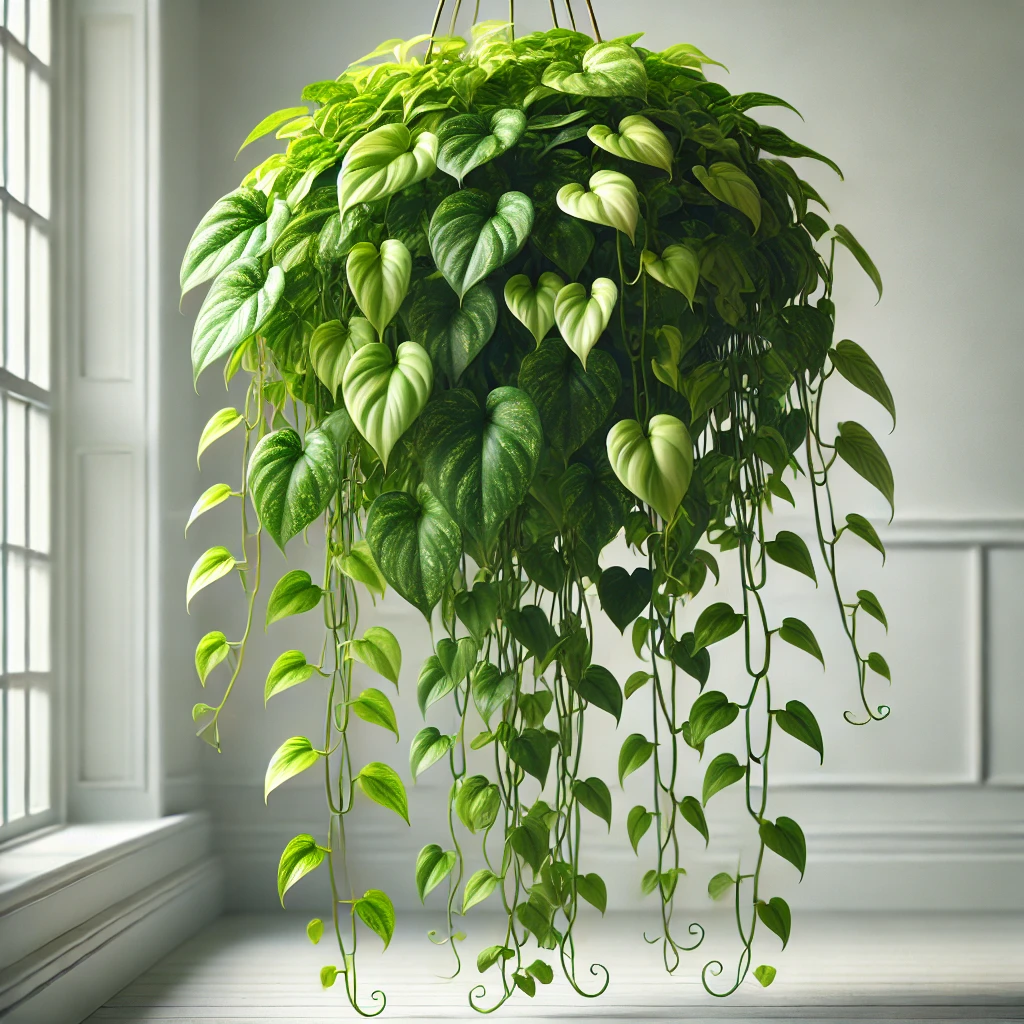
Benefits:
- Super Fast-Growing — Pothos can grow very fast, and it`s the right plant whenever you need to fill empty spots
- It is also air purifying: This plant helps filter toxins from the air and helps clean the air indoors.
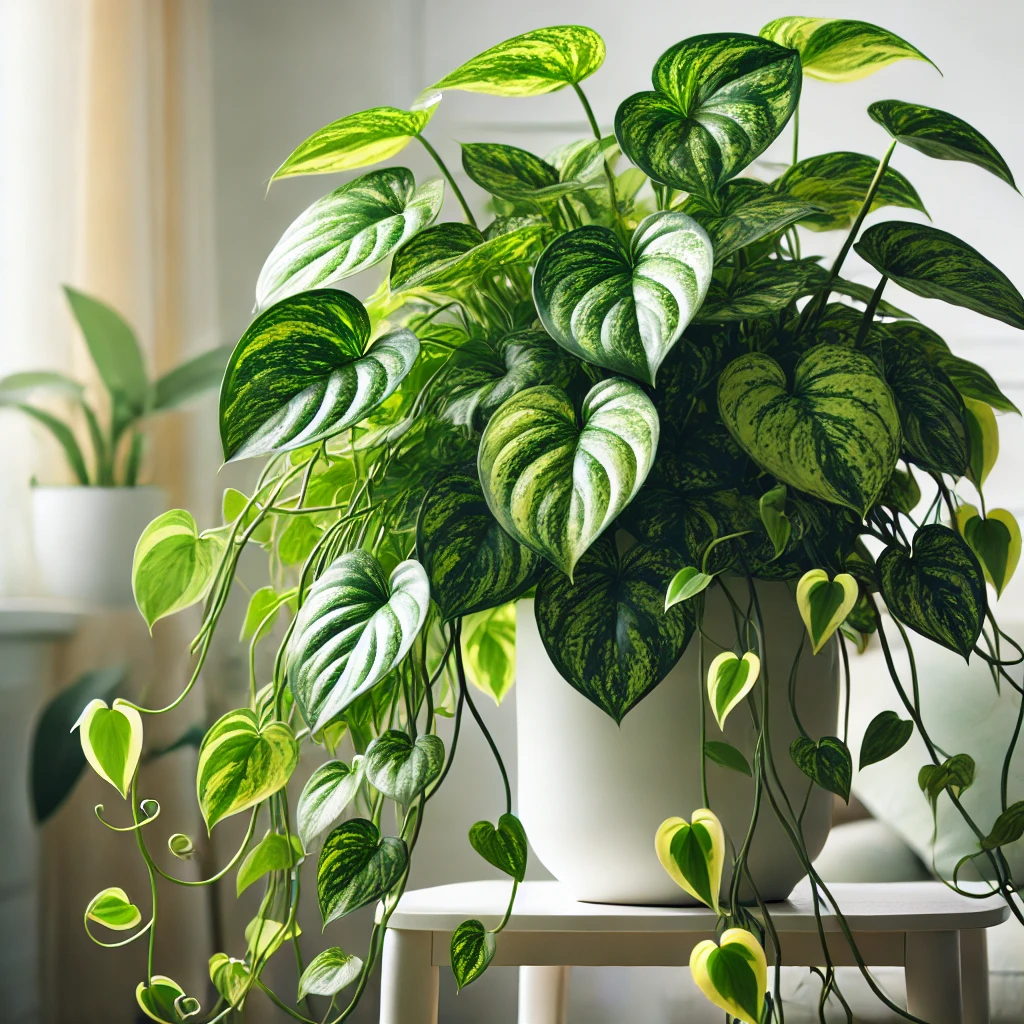
Care Tips:
- Light: Pothos loves bright, indirect light, but also adapts especially well to low-light environments.
- Water: When the top inch of soil is dry to the touch, water the plant. Because overwatering a Money Tree can lead to root rot, make sure that the plant isn’t left sitting in any pool of standing water.
- Soil: Potting mix (well-draining to avoid root rot).
- Temperature: Keep your pothos in the ideal temperature range of 60°F to 80°F (15°C to 27°C).
4. Cast Iron Plant (Aspidistra elatior)
The cast iron plant gets its name from its extreme resilience and ability to survive in adverse conditions. In fact, it can survive low light, bad dirt, and inconsistent watering, making it the perfect plant for those with less-than-green thumbs.
Benefits:
- Hardy: This plant is street-tough and will withstand almost any condition.
- Aesthetic Appeal: Its strap-like, towering green leaves lend elegance to any indoor space.
Care Tips:
- Light: Cast iron plant thrives in low to moderate light. And don’t put the plant in direct sunlight, because it can burn the leaves.
- Water: Water whenever the top layer of soil is dry if the plant is potted. It will survive with a little neglect, so if you forget to water it from time to time, don’t stress.
- Soil: This plant will do well in a general potting mix.
- Temperature: 65°F to 75°F (18°C to 24°C)
5. Chinese Evergreen (Aglaonema)
Chinese evergreens are admired for their vibrant, multi-colored leaves that range from green to shades of silver, red, and pink. These plants not only enhance your home’s visual appeal but also require minimal care, thriving in environments with limited light.
Benefits:
- Aesthetic Appeal: The variety of colors and patterns on the leaves of the Chinese evergreen can add a lively touch to any space.
- Air Quality Improvement: This plant is efficient at purifying the air, helping to create a healthier living space.
Care Tips:
- Light: Chinese evergreens flourish in low to moderate indirect light and can still do well in areas with little natural light.
- Water: Water the plant when the top inch of soil dries out, ensuring the soil remains moist but never soggy.
- Soil: For optimal growth, use soil that drains well.
- Temperature: This plant does best in temperatures between 60°F to 80°F (15°C to 27°C).
6. Peace Lily (Spathiphyllum)
Native to tropical and subtropical regions of Asia, Chinese evergreens are loved for their colorful foliage, which comes in shades of green, silver, red, and pink. Not only will these plants help beautify your home, but they are easy to maintain and grow well in lower light conditions.
Benefits:
- Aesthetic Appeal: The colors and patterns on the leaves of the Chinese evergreen come in various types and can liven up any area.
- Air Quality Enhancement: This plant is highly effective in cleansing the air and contributes to a healthier environment.
Care Tips:
- Light: Chinese evergreens thrive in low to moderate indirect light, and they can also tolerate low-light conditions.
- Water: Once the top inch of soil dries out, you can water the plant, and keep the soil moist, but don’t let it sit in soggy soil.
- Soil: Use a well-draining soil for the best growth.
- Temperature: The ideal range for this plant is 60°F to 80°F (15°C to 27°C).
7. Parlor Palm (Chamaedorea elegans)
With its delicate, feathery fronds, the parlor palm is a timeless favorite that adds a tropical feel to any room. If you are looking for a good house plant for spaces that do not get much natural light, this one’s for you.
Benefits:
- Is Happy in Low Light: The parlor palm does best out of direct sunlight, so it is very tolerant of low-light areas.
- Pet Safe: Unlike some houseplants, the parlor palm is non-toxic to pets.
Care Tips:
- Light: Parlor palms tolerate most lighting conditions but thrive in low to moderate light.
- Water: Allow the top inch or two of soil to dry out before watering again.. Make sure the plant doesn’t sit in water, as overwatering can damage it.
- Soil: A mix designed for pots that drain well.
- Temperature: The ideal temperature for this plant ranges from 65°F to 75°F (18°C to 24°C).
8. Dracaena (Dracaena spp.)
Dracaena plants are known for their bold, structural look and their ability to survive in low-light conditions. There are so many varieties that they cater to many different interior design styles.
Benefits:
- Adaptable: Dracaenas are very versatile and will do well in lower to moderate light.
- Air Purifiers: They are great at filtering toxic pollutants from the air as well.
Care Tips:
- Light: Dracaenas prefer bright, indirect, low to moderate light.
- Water: Allow the top inch of soil to dry between waterings. Be careful not to overwater, as this can cause root rot.
- Soil: The plant would thrive well with well-drained soil.
- Temperature: They do best in temperatures ranging between 65°-80° F (18°-27° C)
9. Spider Plant (Chlorophytum comosum)
Spider plants are distinctive for their trailing green-and-white striped leaves and the tiny offshoots, generally known as ‘siderites,’ that dangle from a parent plant. These tough little guys need very little care, so they’re a perfect option for a low-light room.
Benefits:
- Beginners Welcome → You can totally grow a spider plant even if you’ve never cared for a plant before in your life.
- Cleaner Air: They help to clean the air by removing small amounts of pollutants like formaldehyde and xylene.
Care Tips:
- Light: Spider plants are adaptable and can do well in a range of lighting conditions from low to bright indirect light.
- Watering: Maintain slightly moist soil, then allow the water to dry out one inch down before watering again. Avoid overwatering.
- Soil: A well-draining potting mix is ideal for healthy growth.
- Temperature: Spider plants prefer temperatures of 55°F to 80°F (13°C to 27°C).
10. Philodendron (Philodendron spp.)
Philodendrons are a favorite for low-light spaces since they can adapt to a wide variety of situations. Their heart-shaped leaves and trailing vines make any indoor area feel tropical and lush.
Benefits:
- User-Friendly: Philodendrons will thrive in various light conditions, which makes them forgiving of an indoor environment.
- Air Purifying Properties: They act as detoxifying agents by removing dangerous chemicals like formaldehyde and xylene from the air.
Care Tips:
- Light: Philodendrons thrive in low to moderate indirect light and can even tolerate lower light conditions.
- Water only when the top inch of the soil is dry to the touch. But make sure you are not overwatering it or will end up with root rot!
- Soil: Use a potting soil mix with good drainage.
- Temperature — The optimal range is between 65 ° F to 80 ° F (18 ° C to 27 ° C).
11. Calathea (Calathea spp.)
Calatheas are famous for their large, decorative leaves with spectacular patterns. They also do well in low-light, humid areas such as the bathroom.
Benefits:
- Showy: Calatheas species are often appreciated for their vibrantly patterned leaves that add a bold decorative touch to indoor living.
- Low-Light Tolerant: They do well in low to moderate light, which makes them a good fit for dimmer areas.
Care Tips:
- Light: Calatheas require low to medium indirect light. Keep them out of direct sunlight, which can fade their leaf patterns.
- Watering: Soil should be evenly moist, not waterlogged. These plants do well with higher humidity, so misting is a plus.
- Soil: Use a good quality, well-draining potting mix for Calatheas.
- Temperature: Calatheas prefer temperatures between 65°F and 75°F (18°C and 24°C).
12. Heartleaf Philodendron (Philodendron hederaceum)
Heartleaf philodendrons, which have glossy, heart-shaped leaves and trailing vines, are excellent in hanging baskets or on a shelf. Due to their low-maintenance needs, they are a popular choice for areas with little light.
Benefits:
- Trailing Beauty: The heartleaf philodendron’s vines can grow long, lending a beautiful, cascading effect to any space.
- Easy to care for: It needs low maintenance and does well even in dark places.
Care Tips:
- Light: This plant grows well in low to moderate indirect light.
- Watering: Read here about watering the plant and being careful not to overwater:
- Soil: Heartleaf philodendrons do best in potting mix that drains well.
- Temperature: o For best results, grow these plants in the range of 65°F (18°C) to 80°F (27°C).
Building a green oasis in your home does not have to be hard, even in low-light situations. These twelve houseplants make for great companions to add freshness in your area with no need for direct sunlight. With the right care and attention, you can have the pleasure of these resilient plants in your home, creating a warm and welcoming space.
Not only does it improve your interior design, but including low light house plants can help you create a living space that is of better health. So feel free to pick a few of these plants to light up your space, regardless of how much sunlight you’re working with!


